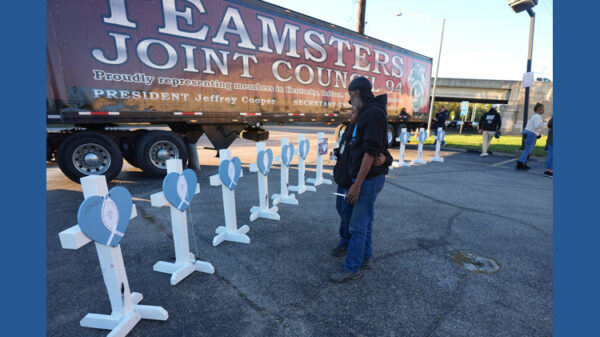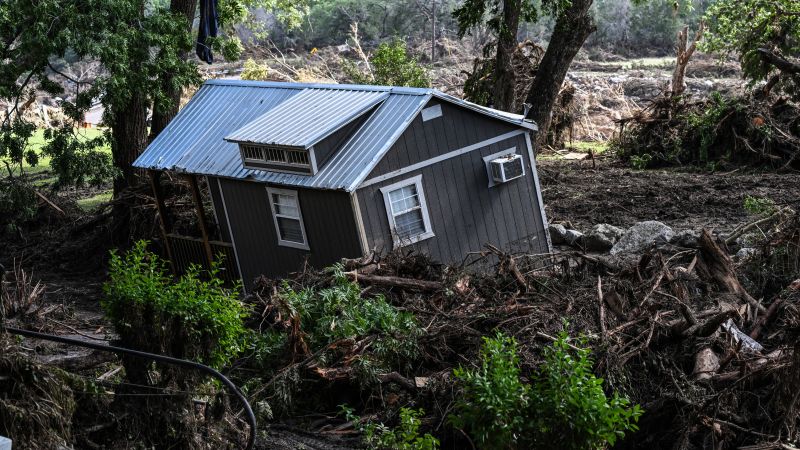The devastating floods in Kerr County, Texas, on July 4 claimed at least 120 lives, with more than 150 individuals still reported missing. The normally tranquil Guadalupe River transformed into a raging torrent, sweeping away homes and summer camps. In the aftermath, questions are mounting about the response of local officials to warnings issued by the National Weather Service (NWS).
Warnings of impending danger began surfacing days before the catastrophe. On July 3, state emergency management officials initiated preparations in anticipation of heavy rainfall. Texas Lt. Gov. Dan Patrick confirmed that a weather conference call took place that morning, during which mayors and judges were invited to discuss the situation. Just hours later, the NWS issued a flood watch alerting residents of Kerrville and surrounding areas to the risk of flash flooding and expected rainfall of 5 to 7 inches.
The most urgent alert came at 1:14 a.m. on Independence Day, warning of “life-threatening flash flooding.” This was followed by a series of flash flood emergency notices as the Guadalupe River overflowed. Despite these warnings, it remains unclear how local leaders responded after the initial alert. Reports indicate that while some residents received text notifications, many did not, raising concerns about the effectiveness of communication in the affected areas.
Public safety actions taken by Kerr County officials in the hours following the NWS warnings have come under scrutiny. There is uncertainty about whether local leaders participated in the Thursday conference call and how closely they monitored ongoing weather forecasts. Responses from state and local leaders have been defensive, with commitments to review their actions made only after the recovery efforts conclude.
During a news briefing, Texas Governor Greg Abbott deflected questions about accountability, stating, “Who is to blame? Know this, that’s the word choice of losers.” This sentiment echoes the frustrations of local residents who are seeking clarity on how their safety was prioritized.
In the wake of this tragedy, comparisons have emerged with other recent disasters. Following the deadly wildfires in Los Angeles earlier this year, local officials faced backlash over their response despite warnings from the NWS about dangerous wind conditions. An investigation revealed that the city’s fire department did not deploy sufficient personnel to combat potential fires, leading to significant loss of life and property. Many residents reported receiving no evacuation alerts, further compounding their sense of vulnerability.
The Maui wildfires of August 2023, which resulted in over 101 fatalities and caused approximately $6 billion in damages, exposed critical failures in emergency preparedness. Investigations found that emergency sirens meant to warn residents were silent during the crisis, leading to accusations of negligence from local officials.
The history of natural disasters in Texas also reveals a pattern of inadequate responses. In February 2021, severe winter weather led to widespread power outages, affecting 4.5 million homes and businesses. Governor Abbott subsequently criticized the Electric Reliability Council of Texas (ERCOT) for its lack of preparation, emphasizing the need for accountability in the face of such crises.
As officials in Kerr County navigate the aftermath of the flooding, the emphasis remains on recovery and rescue efforts. Yet, the demand for transparency regarding their actions and decisions is growing. Many residents are left to wonder how they could have been better protected and what measures will be taken to prevent similar tragedies in the future.
The swift onset of the floods serves as a sobering reminder of the importance of effective communication and preparedness in the face of natural disasters. While the NWS fulfilled its role in issuing timely warnings, the challenge lies in ensuring those alerts reach the people who need them most.





































































